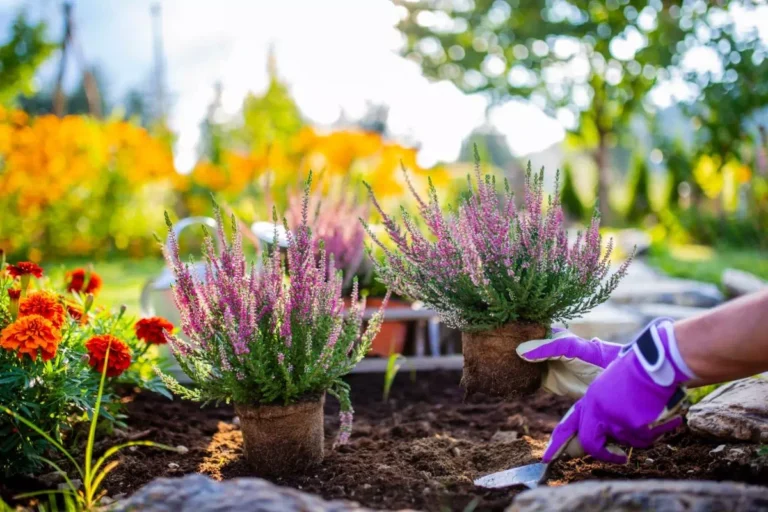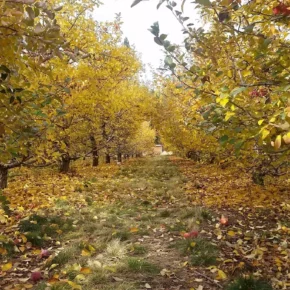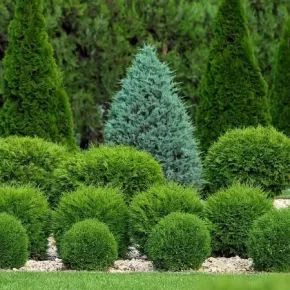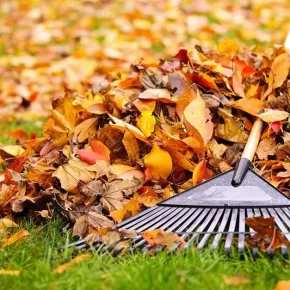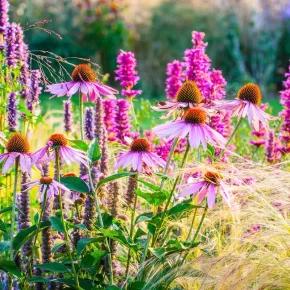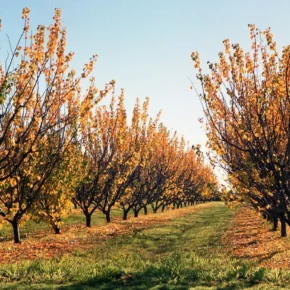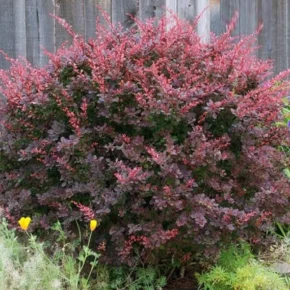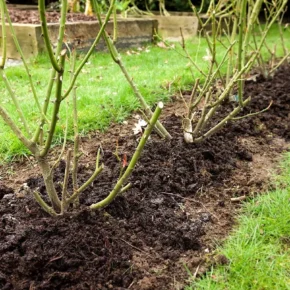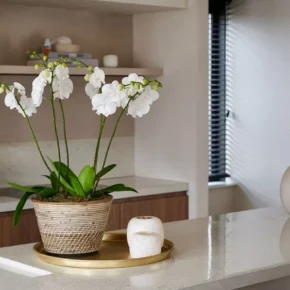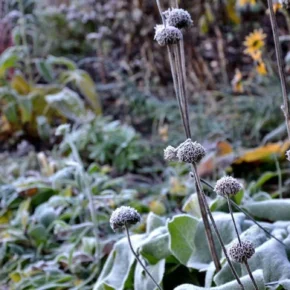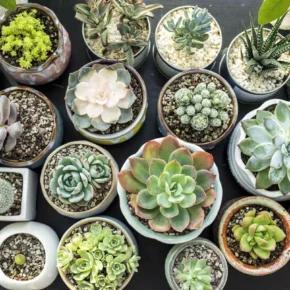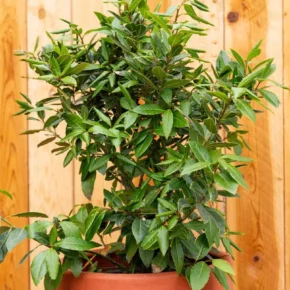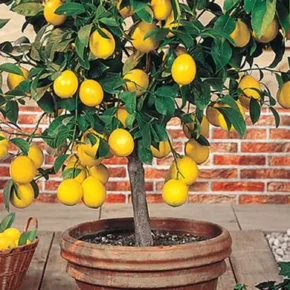Perennials are a real decoration of the garden, which delights with their flowering and decorativeness year after year. In order for them to remain healthy and bloom beautifully in the spring, it is important to provide them with proper care in the fall.
Here are the main tips for preparing perennials for winter.
1. Pruning plants
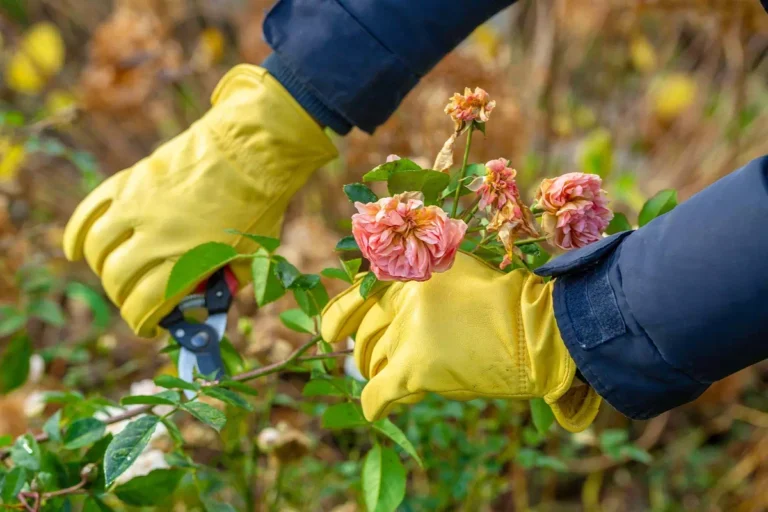
Pruning helps to get rid of diseased or withered plant parts and gives them a good start in the spring.
- What to cut: leaves that are rotten, damaged, or withered, as well as faded stems.
- What to leave: with some plants, for example, lavender or ornamental herbs, it is better to leave the stems to protect the plant from frost.
Tip: prune in dry weather, using a clean and sharp tool.
2. Shelter of plants from frost
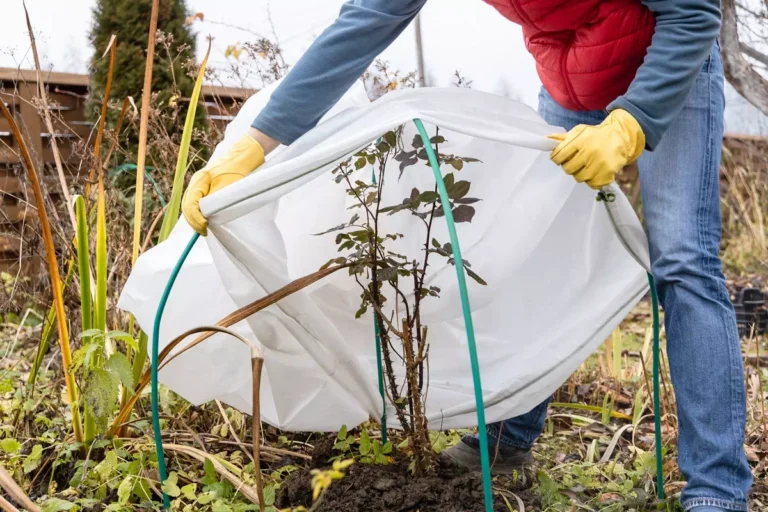
Some perennials need additional protection.
- Mulching: cover the roots with a layer of mulch (peat, straw, dry leaves) to retain heat.
- Burlap or agrofibre: use to shelter heat-loving plants such as roses or chrysanthemums.
Important: do not cover the plants too early – this can provoke their premature growth.
3. Soil care
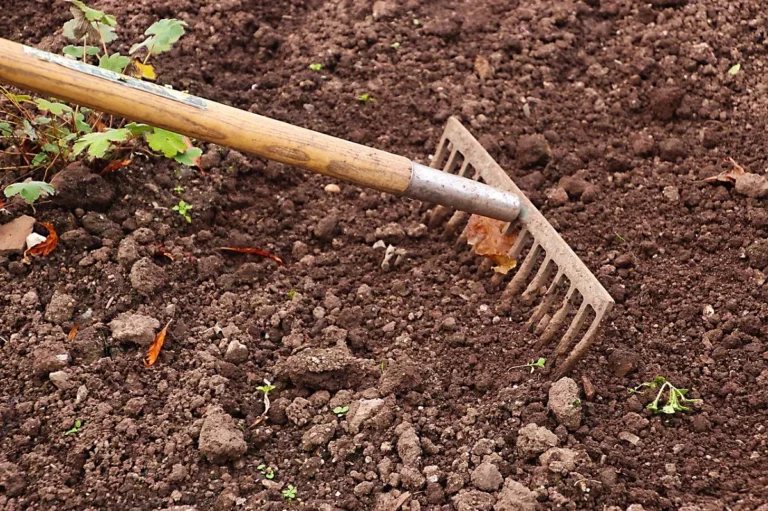
Fall is a great time to improve the soil in which perennials grow.
- Loosening: this will ensure access of oxygen to the roots.
- Fertilizing: Apply phosphorus-potassium fertilizers to strengthen the root system before winter. Do not use nitrogen fertilizers in autumn, because they stimulate growth.
4. Watering before frost
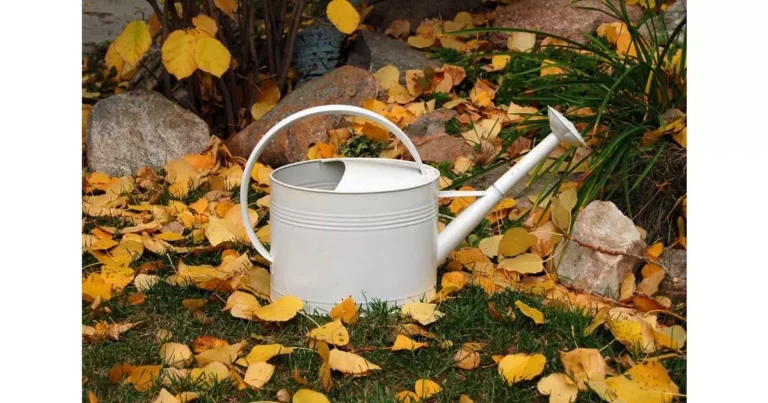
Before the onset of cold weather, water perennials, especially in the dry autumn period.
- Watering will ensure that the roots are saturated with water, which will help the plants better tolerate winter frosts.
5. Protection from pests and diseases
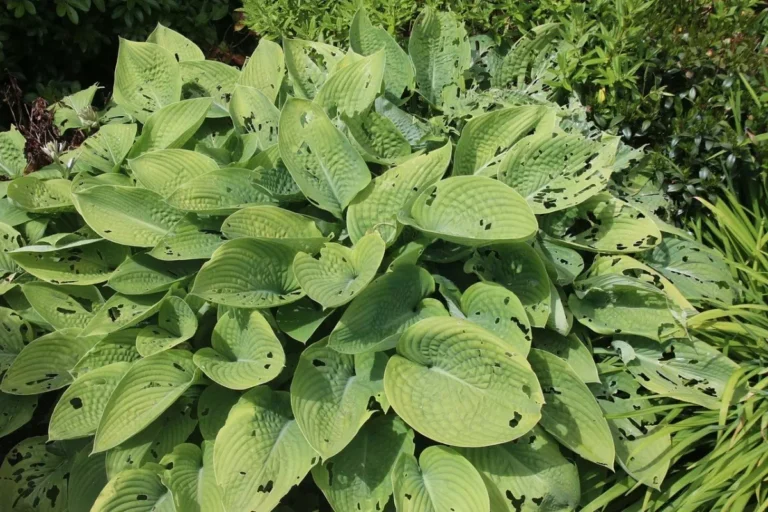
Fallen leaves and old plant residues can become a source of pests or fungal diseases.
- Remove plant debris and weeds around perennials.
- Treat plants with special means against pests and fungicides for disease prevention.
6. Reproduction and transplantation
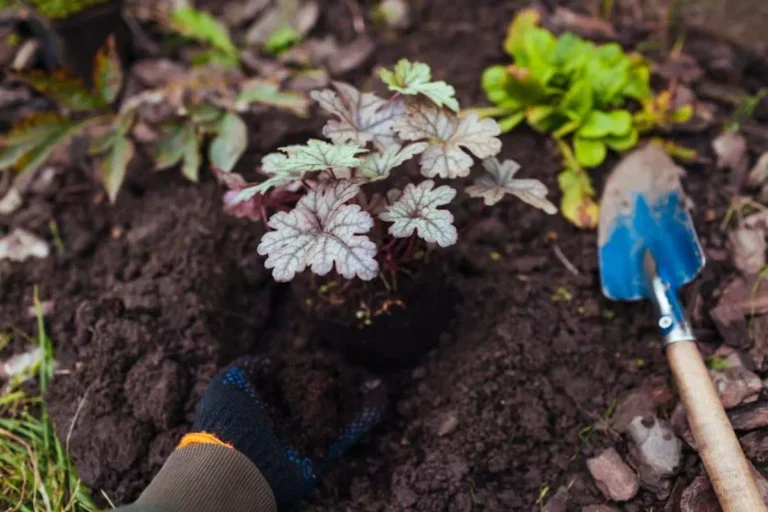
Autumn is a great time for dividing and transplanting perennials.
- What to transplant: peonies, phloxes, irises, astilbe.
- Division and transplant renew plants and stimulate their growth.
Tip: water and mulch transplanted plants to ensure they take root easily.
7. Peculiarities of caring for different types of perennials
- Flowering perennials: asters, chrysanthemums – can be left unpruned so that they decorate the garden until frost.
- Ornamental grasses: Do not cut them back in the fall to protect the roots.
- Bulbous plants: for example, tulips and daffodils, need to be planted in the fall for spring flowering.
Autumn care for perennials provides them with a comfortable winter and a healthy start to the next season. Follow these tips and your garden will delight you with beauty and variety every year.

